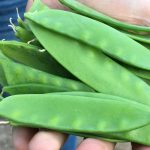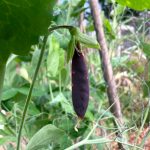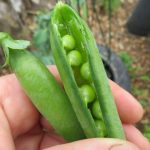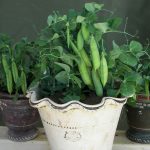How to grow... Peas
Rocket Growing Guides
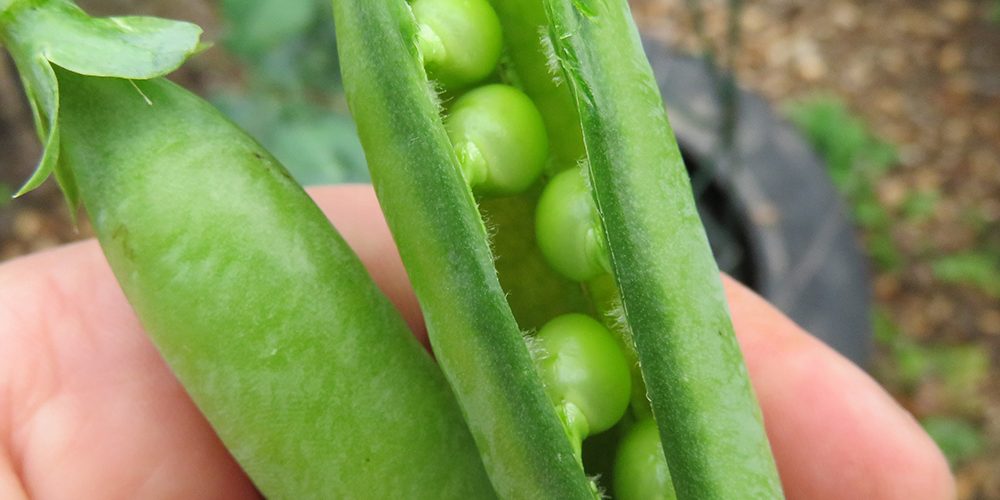
Peas are fairly easy to grow as long as they’re in a nice sheltered, sunny spot. They don’t like strong winds. They are a great crop for those short on space as they can be planted close together and will grow happily in pots and containers too.
- Growing Guide for Peas (All Types)
How to Plant Peas
- Choose a sunny position, sheltered from wind
- Peas prefer well drained, fertile soil
- Plant 10-15cm apart directly in the ground or in pots & grow bags
- For garden pea & sugar snap pea: Provide 40-50cm tall twiggy pea sticks/or a small chicken wire fence suspended between two bamboo canes for the peas to climb
- For mangetout pea: Provide a 1.5m-2m climbing support – e.g a trellis, wigwam or tall chicken wire fence for the mangetout peas to climb.
- Don’t plant out until all risk of frost is past (keep them in pots in greenhouse or sunny windowsill in the meantime)
- Protect from slugs (beer traps/slug barrier)
How to Grow Peas
- Water well and regularly. Don’t let them dry out.
- Keep weeds down.
- They will benefit from a liquid feed as the flowers and fruit start to come in
- Pinch out Mange tout when they get too tall. Once they reach head height, pinch off the top tip. This will discourage side shoots.
Common Pests & Problems with Peas
- Yellow/patchy/white foliage – not enough nutrients/water – water well and regularly (so that soil doesn’t dry out), use a liquid feed fortnightly once flowers and fruits start to come in, or if you see earlier signs of nutrient deficiency.
- Powdery mildew – white coating on leaves– fungal disease common in summer. Doesn’t normally affect fruits. Keep at bay with regular watering as fungi thrives on dry soil. As the weather cools towards late summer/early autumn it is normal for plants to be affected by mildew and indicates the end of their season.
- Not many fruits – poor pollination. Plant edible/companion flowers to encourage more bees etc.
- Leaf damage – slugs/snails – use beer traps to keep plants protected.
- Pods are flat – pods start off flat and then swell as the peas inside form. They may need a week or so longer. Keep them well watered.
- Been eaten by something – pigeons/mice love young peas – if this is a problem, try netting them next time.
How to Harvest & Store Peas
- Pick garden peas and sugar snaps regularly from summer to early autumn when they reach full size and the pods swell
- Pick mangetout peas before the pods swell, once they are about 5cm long
- The more often you pick, the more will grow
- They will store in the fridge or at room temperature for a few days but are best enjoyed freshly harvested
- You can freeze them once picked and podded or blanch then freeze.

